Class 4:卷积神经网络
Week 4:人脸识别、神经风格迁移
目录
1、人脸识别
1.1两个问题
face verification (1vs1) is you or not?
ace recognition (1vs n) who are you?
1.2One shot learning
learning from one face to recognition the person again
1.3Encoding
Encoding face images into a 128-dimensional vector
Using an ConvNet to compute encodings
1.4训练模型
The Triplet Loss
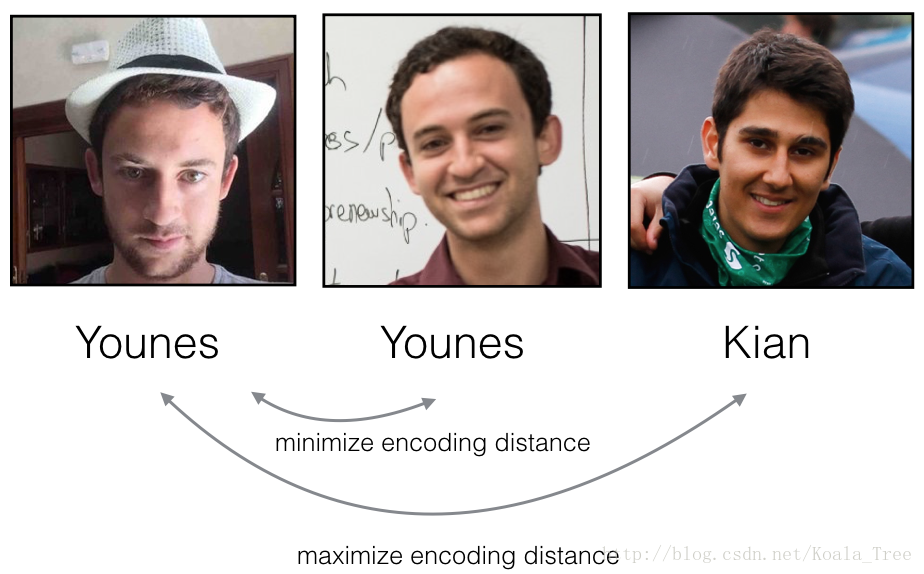
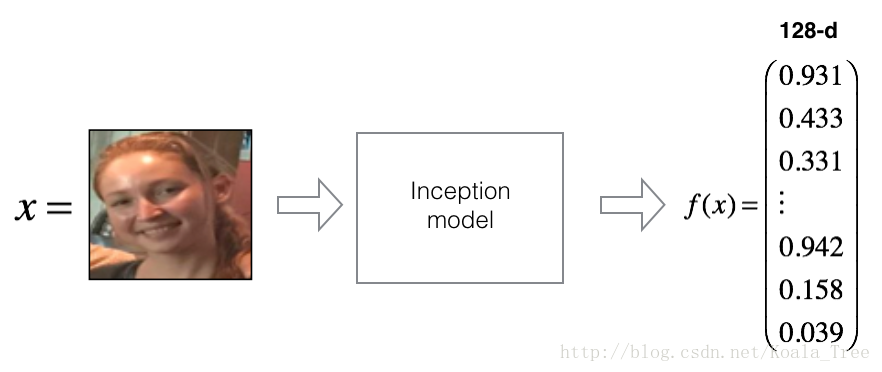
1.5加载预训练的模型
FRmodel.compile(optimizer = 'adam', loss = triplet_loss, metrics = ['accuracy'])
load_weights_from_FaceNet(FRmodel)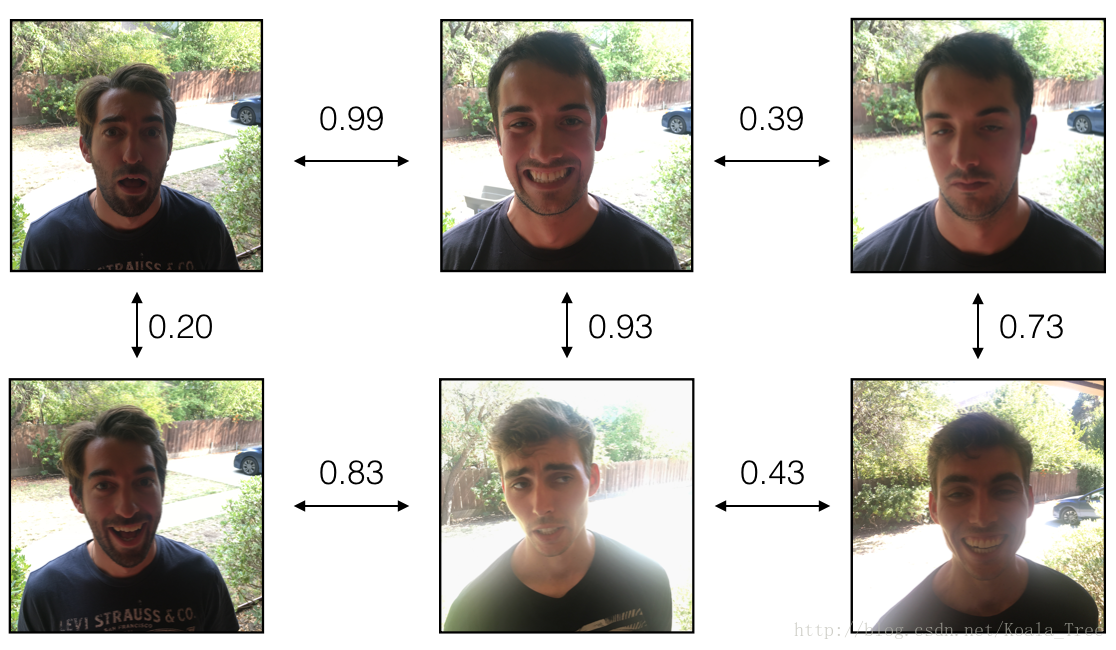
Let’s now use this model to perform face verification and face recognition!
1.6建立人脸数据库
database = {}
database["danielle"] = img_to_encoding("images/danielle.png", FRmodel)
database["younes"] = img_to_encoding("images/younes.jpg", FRmodel)
database["tian"] = img_to_encoding("images/tian.jpg", FRmodel)
database["andrew"] = img_to_encoding("images/andrew.jpg", FRmodel)
database["kian"] = img_to_encoding("images/kian.jpg", FRmodel)
database["dan"] = img_to_encoding("images/dan.jpg", FRmodel)
database["sebastiano"] = img_to_encoding("images/sebastiano.jpg", FRmodel)
database["bertrand"] = img_to_encoding("images/bertrand.jpg", FRmodel)
database["kevin"] = img_to_encoding("images/kevin.jpg", FRmodel)
database["felix"] = img_to_encoding("images/felix.jpg", FRmodel)
database["benoit"] = img_to_encoding("images/benoit.jpg", FRmodel)
database["arnaud"] = img_to_encoding("images/arnaud.jpg", FRmodel)1.7人脸验证 vs 人脸识别
2、代码
from keras.models import Sequential
from keras.layers import Conv2D, ZeroPadding2D, Activation, Input, concatenate
from keras.models import Model
from keras.layers.normalization import BatchNormalization
from keras.layers.pooling import MaxPooling2D, AveragePooling2D
from keras.layers.merge import Concatenate
from keras.layers.core import Lambda, Flatten, Dense
from keras.initializers import glorot_uniform
from keras.engine.topology import Layer
from keras import backend as K
K.set_image_data_format('channels_first')
import cv2
import os
import numpy as np
from numpy import genfromtxt
import pandas as pd
import tensorflow as tf
from fr_utils import *
from inception_blocks_v2 import *
%matplotlib inline
%load_ext autoreload
%autoreload 2
np.set_printoptions(threshold=np.nan)
# 1-1 使用ConvNet计算encodings
FRmodel = faceRecoModel(input_shape=(3,96,96))
print("Total Params: ",FRmodel.count_params())
# 1-2 the triplet loss
def triplet_loss(y_true, y_pred, alpha=0.2):
"""
Implementation of the triplet loss as defined by formula (3)
Arguments:
y_true -- true labels, required when you define a loss in Keras,
you don't need it in this function.
y_pred -- python list containing three objects:
anchor -- the encodings for the anchor images, of shape (None, 128)
positive -- the encodings for the positive images, of shape (None, 128)
negative -- the encodings for the negative images, of shape (None, 128)
Returns:
loss -- real number, value of the loss
"""
anchor, positive, negative = y_pred[0], y_pred[1], y_pred[2]
pos_dist = tf.reduce_sum(tf.square(tf.subtract(anchor, positive)))
neg_dist = tf.reduce_sum(tf.square(tf.subtract(anchor, negative)))
basic_loss = tf.add(tf.subtract(pos_dist,neg_dist), alpha)
# Take the maximum of basic_loss and 0.0.
# Sum over the training examples.
loss = tf.reduce_sum(tf.maximum(basic_loss, 0.))
return loss
with tf.Session() as test:
tf.set_random_seed(1)
y_true = (None, None, None)
y_pred = (tf.random_normal([3, 128], mean=6, stddev=0.1, seed = 1),
tf.random_normal([3, 128], mean=1, stddev=1, seed = 1),
tf.random_normal([3, 128], mean=3, stddev=4, seed = 1))
loss = triplet_loss(y_true, y_pred)
print("loss = " + str(loss.eval()))
# 2 loading trained model
FRmodel.compile(optimizer='adam', loss=triplet_loss, metrics=['accuracy'])
load_weights_from_FaceNet(FRmodel)
# 3-1 face verification
database = {}
database["danielle"] = img_to_encoding("images/danielle.png", FRmodel)
database["younes"] = img_to_encoding("images/younes.jpg", FRmodel)
database["tian"] = img_to_encoding("images/tian.jpg", FRmodel)
database["andrew"] = img_to_encoding("images/andrew.jpg", FRmodel)
database["kian"] = img_to_encoding("images/kian.jpg", FRmodel)
database["dan"] = img_to_encoding("images/dan.jpg", FRmodel)
database["sebastiano"] = img_to_encoding("images/sebastiano.jpg", FRmodel)
database["bertrand"] = img_to_encoding("images/bertrand.jpg", FRmodel)
database["kevin"] = img_to_encoding("images/kevin.jpg", FRmodel)
database["felix"] = img_to_encoding("images/felix.jpg", FRmodel)
database["benoit"] = img_to_encoding("images/benoit.jpg", FRmodel)
database["arnaud"] = img_to_encoding("images/arnaud.jpg", FRmodel)
# 3-2 人脸验证
def verify(image_path, identity, database, model):
"""
Function that verifies if the person on the "image_path" image is "identity".
Arguments:
image_path -- path to an image
identity -- string, name of the person you'd like to verify the identity.
Has to be a resident of the Happy house.
database -- python dictionary mapping names of allowed people's names (strings)
to their encodings (vectors).
model -- your Inception model instance in Keras
Returns:
dist -- distance between the image_path and the image of "identity" in the database.
door_open -- True, if the door should open. False otherwise.
"""
# step 1 : 计算图像编码,
encoding = img_to_encoding(image_path, model)
# step 2 : 计算与身份证上图片的距离
dist = np.linalg.norm(encoding-database[identity])
# step 3 :是否开门
if dist < 0.7:
print("It's " + str(identity) + ", welcome home !")
door_open = True
else:
print("It's not " + str(identity) + ", please go away")
door_open = False
return dist, door_open
# 3-3 人脸识别
def who_is_it(image_path, database, model):
"""
Implements face recognition for the happy house by
finding who is the person on the image_path image.
Arguments:
image_path -- path to an image
database -- database containing image encodings along with
the name of the person on the image
model -- your Inception model instance in Keras
Returns:
min_dist -- the minimum distance between image_path encoding
and the encodings from the database
identity -- string, the name prediction for the person on image_path
"""
# 计算 目标编码
encoding = img_to_encoding(image_path, model)
# 初始化最小距离(用一个大点的数)
min_dist = 100
# 遍历数据库所有的人脸,找与目标距离最近的
for (name, db_enc) in database.items():
dist = np.linalg.norm(encoding - db_enc)
if dist < min_dist:
min_dist = dist
identity = name
if min_dist > 0.7:
print("Not in the database.")
else:
print("It's " + str(identity) + ", the distance is " + str(min_dist))
return min_dist, identity
3、总结
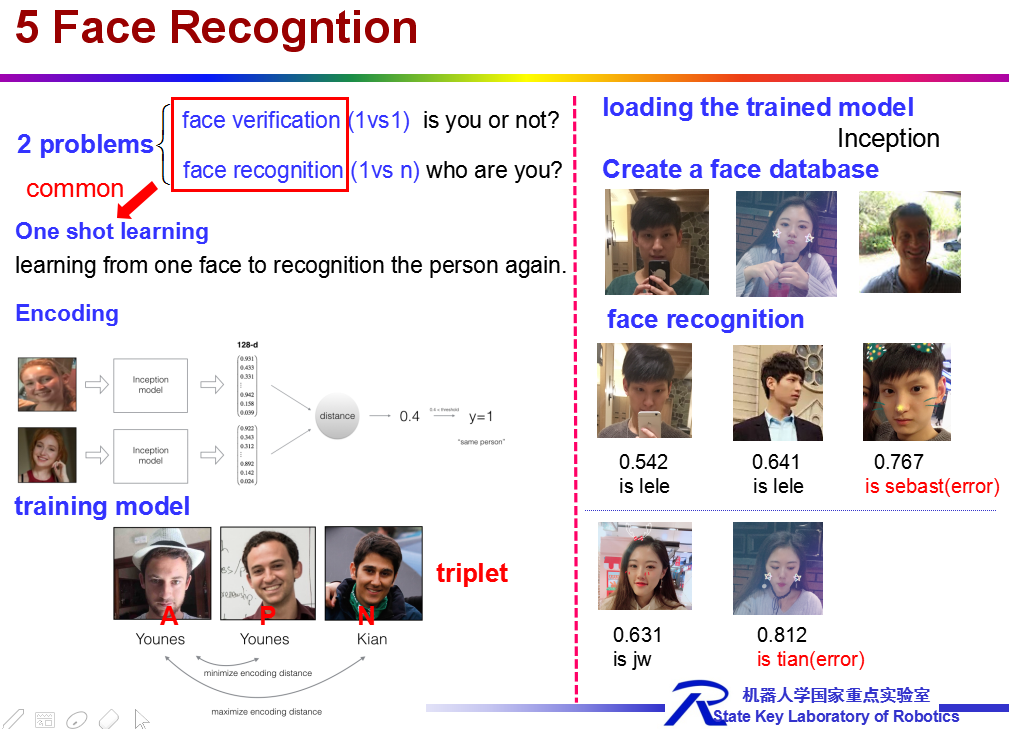











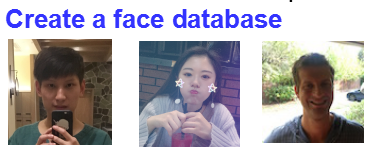
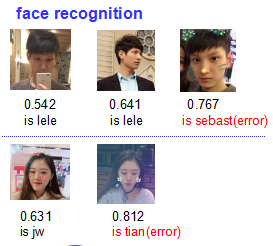















 626
626

 被折叠的 条评论
为什么被折叠?
被折叠的 条评论
为什么被折叠?








